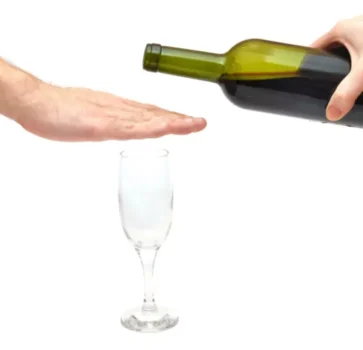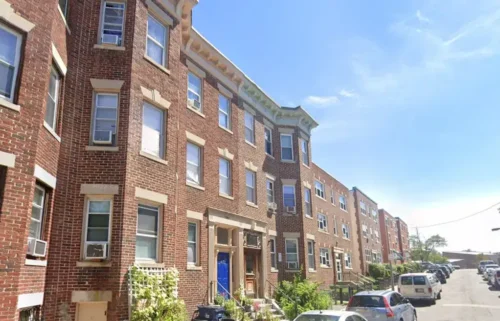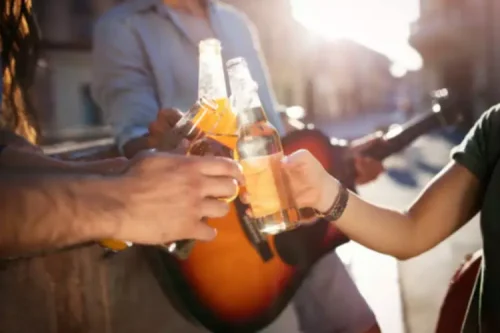
Some are finally able to get some sleep at day five, whereas others still have problems sleeping. “Went from shaky to wanting to scream all day. I almost talked myself into ‘just one more’ several times, but somehow made it through.” For many, it’s very difficult to get past the third day of unrelenting shakes and sweats without picking up a drink. “Spent day in ER, heart rate of 160, dehydrated, and generally just sick. Shaking so bad I couldn’t walk. Anxiety attack that convinced me I was having a stroke.” “Thankfully, I’m able to sleep, and the shakes come and go, but the anxiety and the dark places are tough.”
- In her style and beauty coverage, she’s interviewed several celebrities including Mindy Kaling, Padma Lakshmi and Tan France.
- You may have heard about quick-fix methods that help you sober up faster than average.
- This support fosters the motivation and self-confidence needed for sustained sobriety.
- Drunk me didn’t worry if she belonged, or said the right thing, or had to have small talk because drunk me just handled that.
Liver Injury and Recovery After Chronic Alcohol Use in Humans
Even before seeking treatment, many people with a drinking problem may try to deal with their alcohol use on their own. They either try to be sober or cut back on the amount they drink first. Drinking in moderation means moderating, or controlling, your drinking. By Lindsay CurtisCurtis is a writer https://ecosoberhouse.com/ with over 20 years of experience focused on mental health, sexual health, cancer care, and spinal health. You may have heard about quick-fix methods that help you sober up faster than average. Unfortunately, there is no way to speed up the process of eliminating alcohol from your body.

How Can Thoughts & Cravings for Alcohol Lead to a Relapse?
Better yet, without alcohol, individuals can sooner determine if they’re compatible and form genuine connections. “Without alcohol, your interactions are more authentic, you’re meeting the true person not a fabricated version of the person influenced by alcohol which leads to longer lasting relationships,” says Urvater. Reputable, research-based treatment programs select therapies and interventions to match your personal needs. For example, a Veteran with post-traumatic stress disorder (PTSD) who misuses cocaine, doesn’t have the same needs as a stay-at-home mom struggling with alcohol use. I had a great time that weekend, even though I was the only sober one in the group. Sometimes when people ask why I’m not drinking, it’s easier to say that I’m suffering from insomnia than it is to talk about my complicated relationship with alcohol.
Alcohol Relapse and Recovery Statistics
Though it may seem counterintuitive, positive effects are signals to stay with treatment, and continue to utilize your tools. If medication is part of your treatment plan, reduced alcohol cravings and a greater sense of control drinking again after sobriety are signs that it is working. In therapy, feeling better equipped in your daily life shows that your new skills are developing. Now is the opportunity to go deeper, stay accountable, and work towards lasting change.
What Are the States of Alcohol Recovery?

Warren is a Licensed Master Social Worker, who specializes in substance abuse and mental health treatment. Clinically, Warren has developed a therapeutic skillset that utilizes a strengths-based perspective, Twelve Step philosophies, Cognitive Behavioral Therapy and Motivational Interviewing. By addressing these challenges head-on, those committed to sobriety can enjoy the many benefits of a sober life, such as improved physical and mental health, better relationships, and increased self-confidence. Managing cravings and triggers is a crucial aspect of maintaining sobriety, as they can lead to relapse if not addressed properly.
“You’re matching with a bunch people but not meeting up with them and that lowers someone’s self-esteem.” It’s for this reason Club Pillar promotes quality over quantity by limiting the number of daily swipes based on membership level. Along with these benefits, 12-Step programs and other forms of mutual-help groups can increase the likelihood of achieving and maintaining recovery from substance misuse. Research from the Department of Veterans Affairs demonstrates that people who participate in 12-Step programs tend to have better outcomes than those who don’t. As explained and elaborated on by the National Institute on Alcohol Abuse and Alcoholism, relapse prevention is the main goal of all addiction treatment. Treatment provides you with the tools to change your thoughts, emotions, and behaviors around substance use.

Alcoholism vs. Alcohol Abuse
- The symptoms involved in PAWS can be a barrier to recovery if you’re not careful.
- You can learn more about treatment through some of our sobriety stories.
- It can be important to distinguish between a full-blown relapse and a slip-up.
- It is essential to acknowledge that when someone with an AUD starts drinking again, it is only prolonging the health issues, unhappiness, and instability that alcoholism causes for the drinkers and their loved ones.
- If you’ve been in treatment before, it may also help to reach out to alumni programs (if any) for resources.
Most of those who experience severe alcohol withdrawal symptoms do so because they’re going through their detoxification period “on their own” without the benefit of medical help. You might experience more anxiety than usual when you stop drinking alcohol for two key reasons. First, you may have had baseline anxiety that you were previously using alcohol to manage. While you might feel the urge to turn to alcohol in those moments of discomfort, you can get through them without drinking. Working with a licensed mental health therapist on new anxiety management techniques is a great way to build healthier habits while recovering from alcohol dependence. It’s also possible to feel post-acute withdrawal syndrome (PAWS), where psychological symptoms continue for weeks or months after you stop drinking alcohol.

“I needed professional help, as I had severe withdrawal symptoms of a DT nature with hallucinations, a possible seizure, and fear I would fall over dead any second. I went to the ER and detoxed five days in the hospital.” Day six of no alcohol consumption usually brings some relief for the most severe withdrawal symptoms, but some nagging symptoms can persist. Those who experience the most severe withdrawal symptoms, such as hallucinations and seizures, don’t begin to have those symptoms until days four or five. As with other physical and mental effects of quitting drugs and alcohol, these are largely a result of “bouncing back” from the chemical effects that our using had on our brains and lifestyles.

Support Group: How to address anxiety while managing your drinking
However, alcohol oxidation comes at a cost, as it generates acetaldehyde, which is capable of forming toxic acetaldehyde-macromolecular adducts as well as free radicals that oxidize lipids and form reactive lipid peroxides. Thus, the continual metabolic generation of these intermediates eventually disrupts homeostasis, causing cell death, inflammation, and the eventual breakdown of organ integrity. In the early days, I felt that it was my responsibility to answer the question, “How come you aren’t drinking? ” I didn’t understand I could decline to answer or that I didn’t have to make sense to everyone.
Daily drinking can have serious consequences for a person’s health, both in the short- and long-term. Many of the effects of drinking every day can be reversed through early intervention. 70% of individuals struggling with alcoholism will relapse at some point, however, relapse rates decline the longer someone stays sober. Alcohol relapse occurs in almost one-third of recovering alcoholics during their first year of sobriety.
